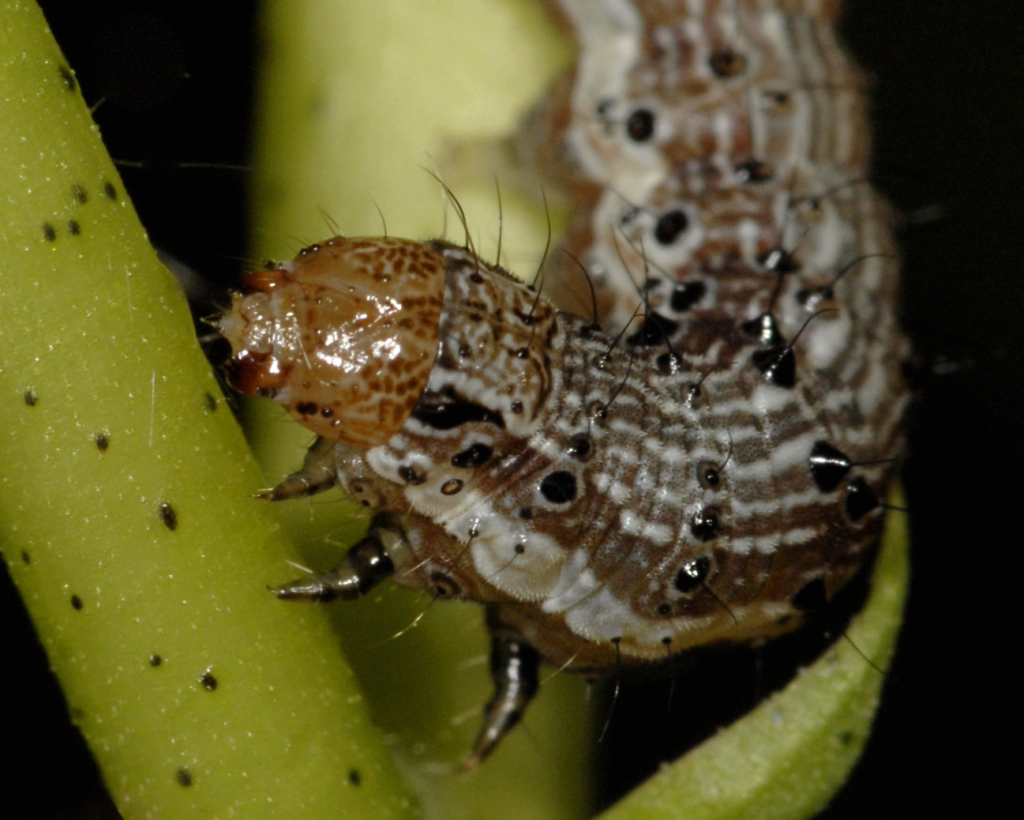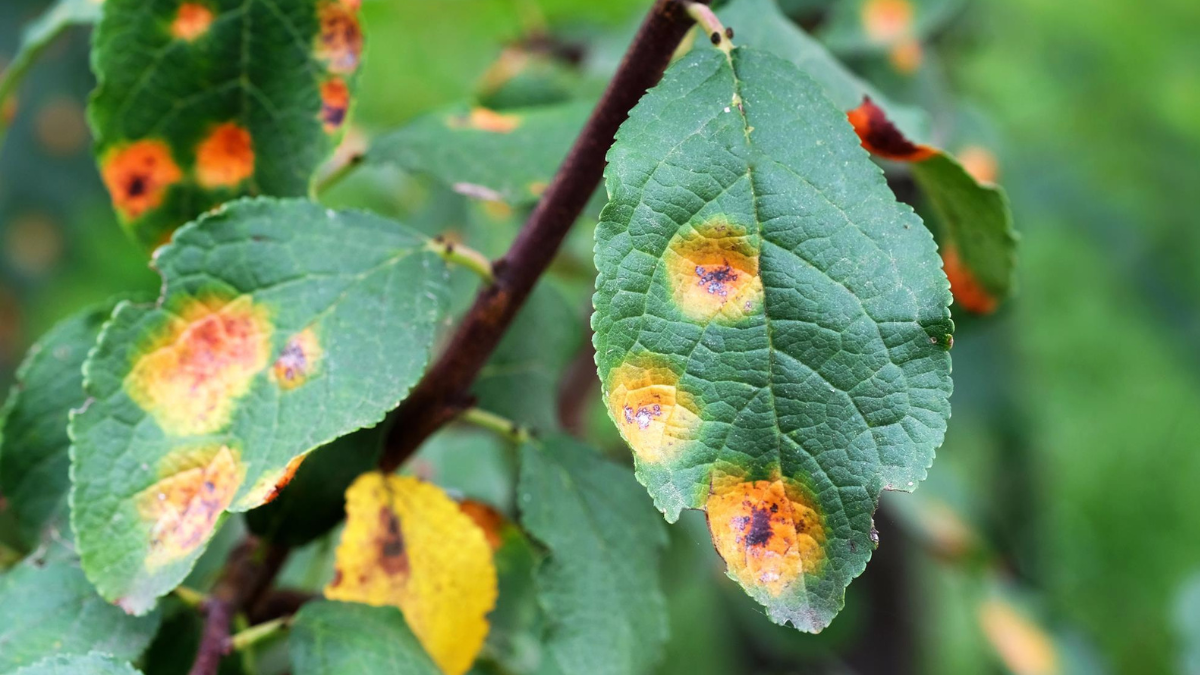Breeding Crops With Resistance to Diseases and Pests
Plant resistance to pests and diseases plays a crucial role in ensuring the health and productivity of crops. It is a natural defense mechanism that enables plants to withstand attacks from various pests and pathogens. In this article, we will explore the significance of plant resistance, the different mechanisms by which plants defend themselves, the methods used to enhance resistance, and the challenges faced in implementing plant resistance strategies.
Importance of Plant Resistance to Pests and Diseases

Plants face constant threats from a multitude of pests and diseases that can severely impact their growth and yield. Without effective defense mechanisms, plants would be susceptible to devastating losses, leading to significant economic and environmental consequences. Plant resistance helps reduce reliance on synthetic pesticides, promotes sustainable agriculture practices, and ensures food security by safeguarding crop production.
Mechanisms of Plant Resistance
Physical Barriers
Plants have evolved physical structures that act as barriers against pests and diseases. These include waxy cuticles, trichomes (hair-like structures), and thorns, which can physically prevent pests from accessing plant tissues. Additionally, plant cell walls serve as a physical barrier to restrict pathogen invasion.
Chemical Defenses
Plants produce a wide range of chemical compounds that have toxic or deterrent effects on pests and pathogens. These chemical defenses can be present in various plant parts, such as leaves, stems, and roots. Examples include secondary metabolites like alkaloids, phenols, and terpenoids, which have antimicrobial and insecticidal properties.
Induced Defense Responses
When plants detect the presence of pests or pathogens, they can activate defense responses. These responses involve the production of signaling molecules and the activation of defense-related genes. Induced defense mechanisms can result in the synthesis of antimicrobial proteins, enzymes that degrade pathogens, and the reinforcement of cell walls.
Genetic Resistance
Genetic resistance is a heritable trait that enables certain plant varieties to resist pests and diseases. It is based on specific genes that confer resistance, either by recognizing and neutralizing pathogens or by triggering defense responses. Plant breeders use genetic resistance as a valuable tool to develop resistant cultivars with enhanced productivity and reduced reliance on chemical treatments.
Breeding for Resistant Varieties

Plant breeders employ various breeding techniques to develop resistant varieties. This involves selecting plants with desirable resistance traits and crossing them to combine their beneficial genes. Through successive generations of breeding and selection, breeders can develop cultivars with improved resistance to specific pests and diseases. Marker-assisted selection and genetic engineering techniques further accelerate the development of resistant varieties.
Integrated Pest Management
Integrated pest management (IPM) is a holistic approach that combines multiple pest control strategies to minimize the use of chemical pesticides. It integrates various pest management practices, including cultural, biological, and chemical controls. Plant resistance is an essential component of IPM, as it reduces the need for chemical interventions and promotes ecological balance.
Enhancing Plant Resistance through Cultural Practices
Cultural practices can contribute to enhancing plant resistance. Proper crop rotation, intercropping, and the use of cover crops help disrupt pest life cycles, create habitat diversity, and promote natural enemies of pests. Adequate irrigation, nutrient management, and optimal planting density also contribute to plant vigor and resilience.
Plant Resistance and Sustainable Agriculture
Plant resistance aligns with the principles of sustainable agriculture by reducing the environmental impact of pesticide use. It minimizes chemical residues in food, protects beneficial insects and pollinators, preserves biodiversity, and promotes ecological balance. By incorporating plant resistance strategies into agricultural systems, farmers can achieve long-term productivity while minimizing negative impacts on the environment.
Challenges and Limitations of Plant Resistance
Despite its benefits, plant resistance faces challenges and limitations. Pests and pathogens can evolve and overcome plant defenses, leading to the emergence of resistant strains. Limited genetic diversity in crop varieties can also restrict the effectiveness of plant resistance. Additionally, the development of resistant varieties requires time, resources, and scientific expertise.
Future Prospects and Research
Continuous research and innovation are essential to overcome challenges and enhance plant resistance. Scientists are exploring novel genetic resources, such as wild crop relatives, to identify new resistance genes. Advances in molecular breeding techniques, such as genome editing, offer opportunities for precise manipulation of plant genomes to confer resistance. Additionally, understanding the interactions between plants, pests, and pathogens at the molecular level can provide insights into developing targeted resistance strategies.

Conclusion
Plant resistance to pests and diseases is a critical aspect of crop protection and sustainable agriculture. It provides an environmentally friendly and economically viable alternative to chemical-intensive pest management. By harnessing the various mechanisms of resistance, breeders, farmers, and researchers can contribute to the development of resilient crops and secure global food production.
FAQ
1. What is plant resistance to pests and diseases?
Plant resistance to pests and diseases refers to the ability of plants to withstand and tolerate attacks from pests, such as insects, and diseases caused by pathogens. It involves natural defense mechanisms that can be physical, chemical, or genetic in nature.
2. How do plants defend themselves against pests and diseases?
Plants defend themselves through various mechanisms, including physical barriers like cuticles and trichomes, chemical defenses through the production of toxic compounds, induced defense responses triggered by pest or pathogen detection, and genetic resistance conferred by specific genes.
3. Can plant resistance be enhanced through breeding?
Yes, plant resistance can be enhanced through breeding. Plant breeders selectively cross plants with desirable resistance traits and select for offspring with improved resistance. Genetic engineering and marker-assisted selection are also used to accelerate the development of resistant varieties.
4. What is integrated pest management?
Integrated pest management (IPM) is an approach that combines multiple pest control strategies to minimize the reliance on chemical pesticides. It integrates cultural, biological, and chemical controls to manage pests while minimizing environmental impacts.
5. Why is plant resistance important for sustainable agriculture?
Plant resistance promotes sustainable agriculture by reducing the dependence on chemical pesticides. It helps minimize chemical residues in food, protects beneficial insects and pollinators, preserves biodiversity, and promotes ecological balance, leading to environmentally friendly and economically viable farming practices.


